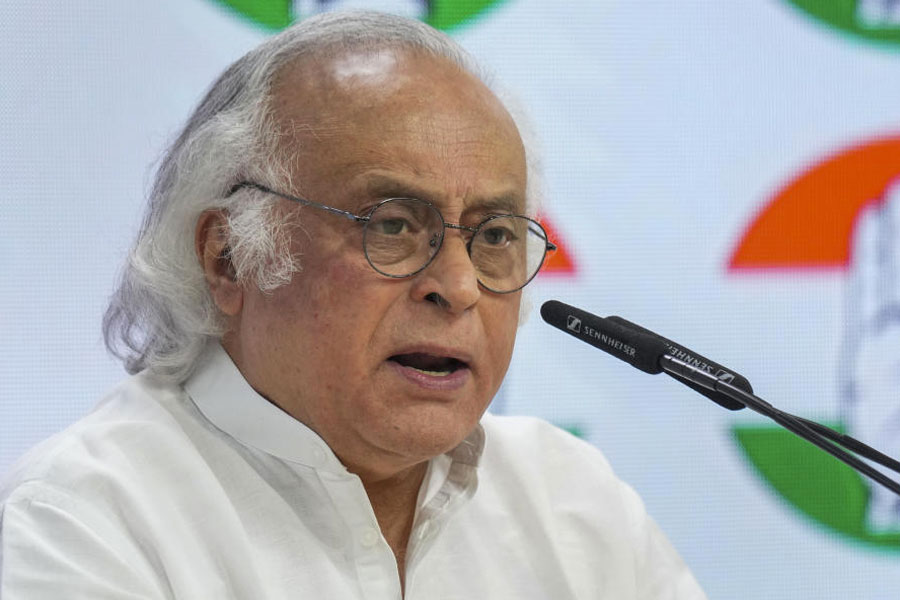|
|
| Garlanding a symbol |
“Pray do not mock.”
— King Lear, Act IV, Sc 6
Jawaharlal Nehru, while paying tribute to Mohandas Karamchand Gandhi, once said, “where he walked is hallowed ground”. Some of us, fortunate to be with Manmohan Singh during his recent visit to South Africa, felt that where Gandhi was thrown out from is also hallowed.
This realization dawned when we boarded an old train at the Pentrich railway station, a few miles away from Durban. The prime minister and members of his delegation were going on a dinky train pulled by a steam locomotive to Pietermaritzburg about five miles away. This was an attempt to recreate the journey that Gandhi had undertaken in June 1893. Those familiar with Gandhi’s life will recall that he was thrown out of the first class compartment of the train at Pietermaritzburg despite holding a valid ticket, and had to spend a cold night in the dark waiting room. Racial prejudice, then prevalent in South Africa, did not permit an Indian (coolies as they were called) to travel in first class compartments, the exclusive preserve of the white man.
For the prime minister and for those with him, it was an emotionally charged moment even 113 years later. Hard-boiled journalists, veterans of many campaigns and innumerable junkets, found their voices choked and their eyes slightly damp as the train chugged into Pietermaritzburg station where Manmohan Singh unveiled a plaque.
That episode in Pietermaritzburg has been accorded the status of an epiphany in Gandhi’s life. It is said to be the episode that transformed him — the prime minister said in Durban that it began the process that made him into a Mahatma.
In reality, there was no one event — like the conversion of Saul on the road to Damascus — that transformed Gandhi. He himself pointed to this by calling his autobiography The Story of My Experiments with Truth. The experiments began with certain humiliating experiences.
These began as soon as he arrived in Durban. Within a week, he had been thrown out of the court in Durban because he was wearing a turban which he had refused to take off. He was described in the press as an “unwelcome visitor”. This was followed by the train incident. Gandhi finally left Pietermaritzburg by the evening train on which he travelled in a reserved berth and arrived in Charlestown in the morning. From Charlestown he took the stagecoach on which he was asked to sit next to the coachman and not with the white men inside the coach. On the way, the guard of the coach asked Gandhi to sit on the footboard on a dirty sackcloth. When Gandhi refused, he had his ears boxed. He hung on to the rails for dear life. The violence stopped only when the other passengers, much to the guard’s disgust, asked him to “let the poor beggar alone”. When the journey ended in Johannesburg, Gandhi discovered that the Grand Hotel there had “no room” for him.
It was not one incident but a series that started off Gandhi on his experiments. These experiments have quite rightly become identified with non-violence. This identification has deflected attention from another vital aspect of Gandhi’s creed without which non-violence is incomprehensible. This is what Gandhi called abhaya: fearlessness. In South Africa, shivering in a railway waiting room and while being beaten up by a white bully, Gandhi conquered fear. This was the first and the most important step he took. Satyagraha, which came later, was the collective expression of abhaya.
In South Africa, moving with Manmohan Singh from one official function to another and hearing Gandhi being evoked, I was surprised at the elision of abhaya. Yet this is the message a world trembling under the fear of terrorist violence wants to hear. In Phoenix Farm, Gandhi’s ashram — torched completely in the middle Eighties and then rebuilt with the support of the Indian government — the prime minister said he felt the presence of Gandhi. But fearlessness got no mention. In the official meeting at the Union Building in Pretoria, the president of South Africa, Thabo Mbeki, spoke of a “soul change” but did not elaborate what this entailed.
At one level, I wasn’t surprised. In South Africa, watching the centenary of satyagraha unfold during the prime minister’s visit, I was haunted by the sense that Gandhi had ceased to be relevant. Street crime is so common in Durban, Johannesburg and Pretoria that we were advised not to venture out of our hotels. When Singh and Mbeki met, they discussed strategic alliances, science and technology, international trade and so forth. These are all subjects that Gandhi abhorred and rejected.
This rejection was inextricably linked to Gandhi’s espousal of non-violence. Gandhi believed that science and technology, trade and other aspects of capitalism were intrinsically satanic because they promoted greed which led to competition and to violence. In Gandhi’s eyes one could not be a proponent of industrialism and also be an apostle of non-violence. For Gandhi, non-violence could never be a piecemeal affair. It was the foundation stone of all that he stood for. It is not possible today to wrench out non-violence from his total world-view and to espouse it as an ideal and a message to the world.
I felt in South Africa — as indeed I do often in India when Gandhi is mindlessly invoked — that there is something fundamentally contradictory about the way Gandhi is invoked in a country which has chosen the path of modernity and industrialism. Both India and South Africa have chosen this path. There is some irony, therefore, when the pioneer of economic reforms in India speaks about the relevance of Gandhi.
There is another contradiction to consider. Gandhi believed that the State embodied violence. His reasons for believing this will be clear to anyone who sees the prison in the Old Fort in Johannesburg in which he was incarcerated. The conditions were inhuman even by prison standards. That experience strengthened his overall philosophy that rejected violence in every form. The path leading to the goal of being a great power can never be Gandhian.
Gandhi’s life and his message are not easy legacies to bear. Never before have ahimsa and abhaya acquired the urgency they have today in a world driven by fear and violence. But the world is also seduced by the lure of capital and modernity which Gandhi saw as the root of violence. Those, like Manmohan Singh and Thabo Mbeki, who lay claims on Gandhi’s legacy must be more conscious of the contradictions. To do otherwise would be to dissemble in the name of a man who experimented with truth.












